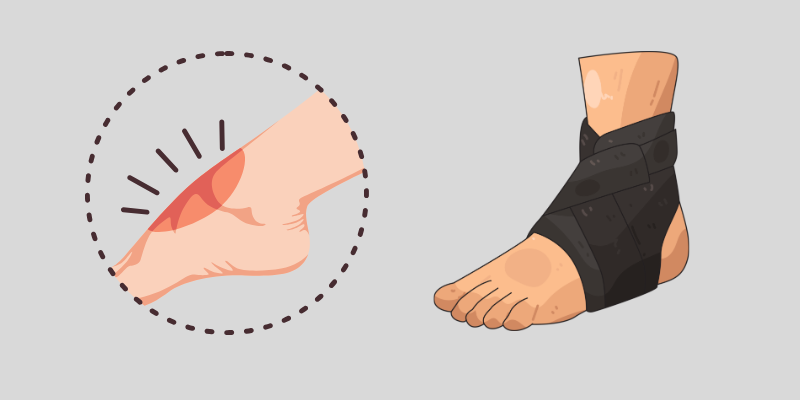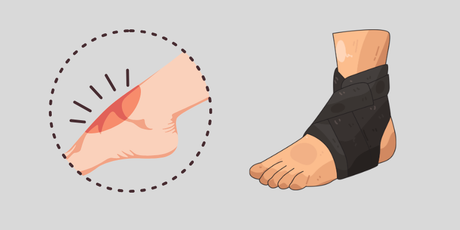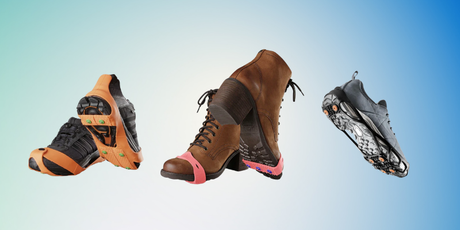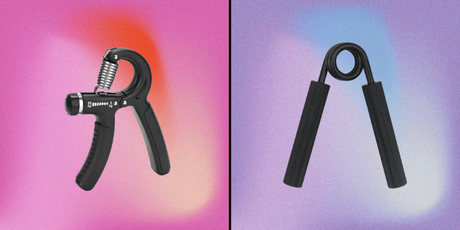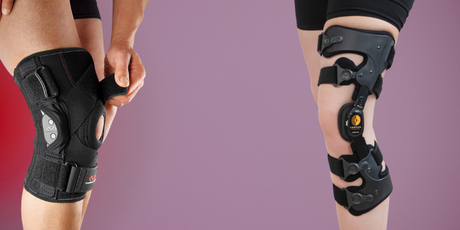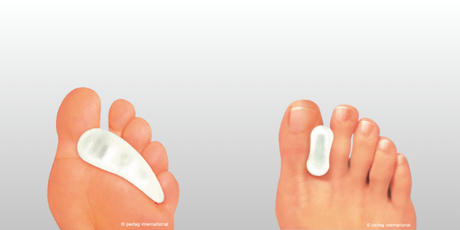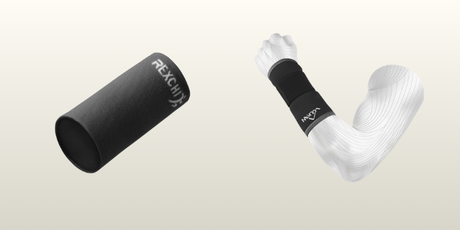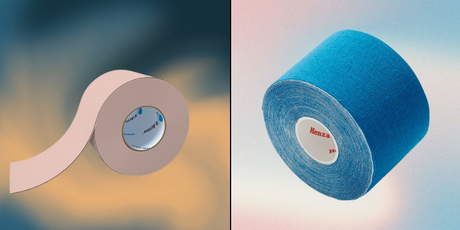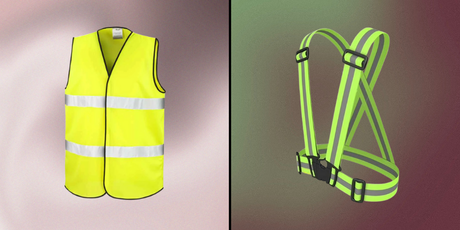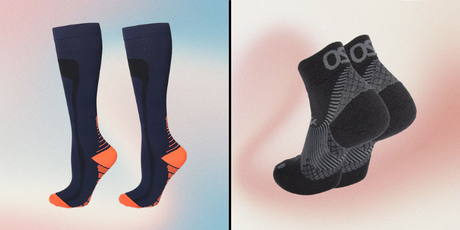Ankle injuries are common across all age groups, making finding the best ankle support crucial for recovery and prevention. Whether you've twisted your ankle awkwardly during sports or experienced pain during daily activities, the right support can make all the difference.
Research shows that wearing the correct type of ankle brace at the right time can improve healing, reduce swelling, and allow early return to work and sport. In fact, studies have demonstrated that high school athletes who use ankle braces experience fewer ankle injuries. This is particularly important if you participate in sports characterised by running, cutting movements, and jumping, such as basketball, football, tennis, and volleyball.
From ankle sprains and chronic instability to arthritis and Achilles tendonitis, various conditions can benefit from proper support. However, with so many options available - from stabilizing braces with side supports to prevent your ankle from turning over to moderate support braces with Velcro straps - choosing the right one can be confusing.
In this guide, we'll help you navigate the world of ankle supports so you can find the perfect match for both your injury type and activity level. Let's get your recovery on the right track!
→ If you know what you need already, then check out our collection of ankle supports and order yours today.

Understanding Your Ankle Injury
Recognizing the specific nature of your ankle injury is the first step towards selecting the appropriate support. Ankle injuries primarily fall into three categories: sprains, strains, and fractures. Among these, sprains are the most prevalent, accounting for approximately 85% of all ankle injuries.
Ankle sprains occur when ligaments stretch beyond their limits or tear. Medical professionals classify these into three distinct grades:
-
Grade 1 (Mild): Slight stretching or minor tearing of ligament fibres with minimal swelling and tenderness. You'll typically be able to put weight on your foot despite mild discomfort.
-
Grade 2 (Moderate): Partial ligament tear causing moderate pain, swelling and bruising. Walking becomes painful but the ankle remains somewhat stable.
-
Grade 3 (Severe): Complete ligament tear resulting in significant swelling, instability, and inability to bear weight.
Lateral sprains involving the outside of the ankle represent 90% of all ankle sprains, whilst medial and high ankle sprains are less common.
Symptoms warranting immediate medical attention include severe pain, inability to bear weight, visible deformity, or hearing a "pop" at the time of injury. Additionally, pain that worsens or swelling that doesn't improve after 2-5 days of home treatment requires professional evaluation.
Understanding your specific injury type and severity is essential before selecting an ankle support, as different injuries require different levels of protection and stabilisation.

Choosing the Right Ankle Support for Your Injury
Selecting an ankle support that matches your specific injury is essential for proper healing and function. The severity of your ankle sprain directly determines which type of support will work best.
For Grade I sprains with minor swelling, light sleeves or elastic wraps are sufficient to reduce swelling while maintaining mobility. Consequently, these minimal supports allow for normal movement while providing gentle compression.
Moving to Grade II sprains with partial tears and noticeable instability, lace-up or hinged braces that mimic athletic taping are more appropriate. These limit potentially harmful inversion and eversion movements yet permit forward flexion needed for walking.
Grade III sprains (complete ruptures) require maximum protection through rigid stirrups or hinged-cuff shells that nearly immobilise the joint for the first 2-4 weeks. Furthermore, after this initial period, stepping down to a lace-up brace helps continue the healing process.
Material choice also matters significantly. Neoprene retains heat to boost healing and blood flow, making it ideal for tendon injuries. Alternatively, elastic supports offer greater comfort during extended wear and are particularly effective during acute stages when reducing swelling is the priority.
If you're uncertain about your injury's severity, consulting a healthcare provider for an evaluation or X-ray will establish the correct starting point for treatment.
Matching Ankle Support to Your Activity
Beyond your injury type, selecting ankle support that matches your specific activity level ensures optimal performance and protection. Numerous studies confirm that athletes wearing braces experience fewer ankle sprains, reducing their risk by up to 64% compared to those without bracing.
For high-impact sports like basketball, football and volleyball, where quick direction changes occur frequently, semi-rigid braces with lateral stabilisers offer maximum protection against ankle rollover. The Aircast A60 Ankle Brace, notably worn by Andy Murray during his 2016 Wimbledon victory, exemplifies this protection level.
Running and walking generally require more flexible supports that permit natural movement whilst still providing stability. Elastic compression sleeves or wraparound designs work effectively since they adapt to the ankle without wrinkling or slipping.
Initially after injury, you might need support throughout daily activities. As healing progresses, you'll likely only require bracing during physical activities or on uneven terrain. Notably, most mild and moderate sprains don't necessitate bracing inside your home unless you risk losing balance.
Remember that continuous all-day wear may potentially lead to muscle weakness. Ideally, balance your use of supports with strengthening exercises to maintain overall ankle health. Remove braces at night unless specifically instructed by healthcare professionals to give your skin time to breathe.
Conclusion
Finding the right ankle support certainly makes a significant difference in both recovery and prevention. Throughout this guide, we've explored how matching your support to your specific injury grade and activity level creates the optimal healing environment.
Ankle sprains range from mild Grade 1 injuries requiring minimal support to severe Grade 3 tears needing rigid stabilisation. Most importantly, recognising your specific injury type allows you to select appropriate protection - whether that's a simple sleeve for minor sprains or a hinged-cuff shell for complete ligament tears.
Activity level equally influences your choice of support. High-impact sports demand semi-rigid braces with lateral stabilisers, while running and walking activities benefit from more flexible options. As healing progresses, you'll likely need support only during physical activities rather than throughout your entire day.
Remember to balance your use of ankle supports with proper strengthening exercises. Continuous wear without rehabilitation might lead to muscle weakness, ultimately defeating the purpose of recovery. Give your skin time to breathe by removing braces at night unless specifically instructed otherwise by healthcare professionals.
The road to recovery starts with making informed choices about ankle support. Your commitment to selecting the right brace based on both injury type and activity level will undoubtedly accelerate healing and help prevent future injuries. With proper support and care, you'll be back to your activities safely and confidently.
